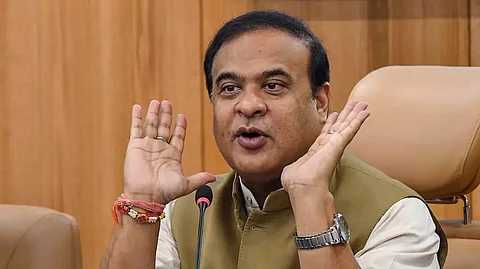

Amid escalating Indo-Pak tensions following India’s suspension of the Indus Waters Treaty in April 2025, Pakistan’s senior aide Rana Ihsaan Afzal suggested that China might retaliate by halting the flow of the Brahmaputra river into India. This claim sparked swift rebuttals from Indian officials, with Assam Chief Minister Himanta Biswa Sarma dismissing it as a “manufactured threat” and a scare tactic by Islamabad.
Sarma clarified that only about 30–35% of the Brahmaputra’s flow originates from China, primarily from glacial melt and limited rainfall in Tibet. The majority—65–70%—is generated within India itself through heavy monsoon rains across Arunachal Pradesh, Assam, Nagaland, and Meghalaya, as well as significant tributaries such as the Subansiri, Lohit, Kameng, Manas, Dhansiri, Jia-Bharali, and Kopili rivers. Additional inflows come from the Khasi, Garo, and Jaintia Hills via rivers like Krishnai, Digaru, and Kulsi.
The Brahmaputra is a rain-fed river system that expands considerably after entering India, rather than shrinking due to any upstream flow. Sarma pointed out that even if China were to reduce the river’s flow, a move he deemed unlikely and never officially threatened, it could potentially ease the annual flood burden faced by Assam.
The geopolitical context intensifies the significance of these claims. India’s suspension of the Indus Waters Treaty, following the Pahalgam terror attack, has raised water diplomacy tensions, with Pakistan insisting that water is its “red line.” Meanwhile, China has not officially threatened to block the Brahmaputra’s flow. The river, known as Yarlung Tsangpo in Tibet, is governed by international river agreements, and any major diversion would invite serious diplomatic and environmental consequences.